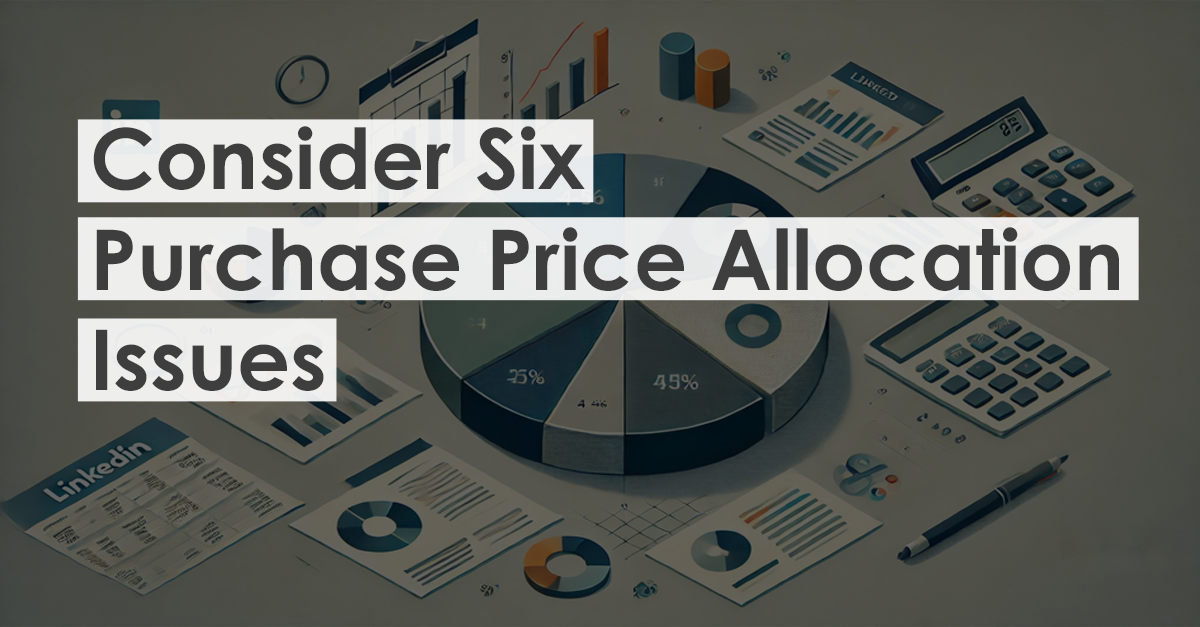AI may not catch up with valuations for purchase accounting very soon. We can credit changing best practices and a steady flow of non-authoritative guidance. They always bring fresh considerations and new calculations to explore. Yet, there are real practical implications for clients to consider.
1. Purchase price fair value
Non-cash components of purchase consideration may need a valuation. Earn-outs, equity, and seller notes are likely to need their stand-alone valuation. Even a basic earn-out may involve a Monte Carlo simulation. Valuation of buyers’ equity is necessary if it is not available from appropriate sources. For example, 409A works, but the banker’s slide deck does not.
Valuating purchase consideration can be simple, like a basic seller note. But it can also be complex, such as with earn-outs or equity. This project will require time and more information from the client. Read more about it HERE.
2. Deal analysis and IRR
PPA requires careful analysis of the deal IRR (Internal Rate of Return). This is a valuation done backwards. We determine the investment rate of return based on the purchase price and the future cash flows. Both IRR and the financial forecast are the key inputs into the valuation of intangible assets.
A financial forecast is the key document that a client must provide. It has to be long enough to cover the years of above-average growth until it reaches normalized financial performance. It is a forecast of the target, including market participant synergies, but not all synergies. In practice, we start with 5 years and include all synergies as they are often expected to be available to a market participant. Read our post HERE about the forecast.
3. Goodwill is a significant part of the purchase price
Goodwill is often more than 50% of the excess consideration (defined as purchase price less net tangible assets). This is because identifiable intangible assets are narrowly defined. They focus only on existing assets such as customers or technology. Goodwill includes synergies, future customers, products, technology, and workforce. It accounts for any future strategic options beyond the current P&L. For growth-focused companies, these factors make up most of their enterprise value.
If the valuation still feels off, ask your valuation specialist for a benchmarking analysis. There is a lot of data that tracks purchase price allocations by industry and asset category. We maintain bench805.com.

4. Private Company Alternative
Private companies don’t have to value customer relationships or non-compete agreements. They can amortize acquired goodwill over 10 years (ASU No. 2014-18). Many companies forgo this option (the “Shortcut”).
The Shortcut becomes problematic when planning an IPO, where it is not permitted. Likewise, an acquisition by a larger company may create problematic inconsistencies in financial reporting. In such situations, the valuation would need to be redone, thus complicating the IPO or M&A process.
A Shortcut report does not save much. Valuations of individual intangibles are often a fraction of the effort. It may still be necessary to consider them, regardless of whether the client uses it.
5. Information gathering is time-consuming
PPA valuations are complex. They require a good grasp of deal pricing, strategy, and the economic aspects of intangible assets and goodwill. There are three types of inquiries a client should expect:
- Hard documentation, e.g., financials, purchase agreements, board decks, tax structure,
- A long-range financial forecast is necessary and has to be created if it is not available.
- Soft inquiry involves talking with the client about the deal, synergies, and strategy. We need to explain why the numbers look the way they do, like discount rates.
- Interviews with function leaders, e.g., R&D, sales, and marketing,
A valuation specialist can estimate how long it will take to prepare a report. However, it’s the client’s job to gather information. This step is important for the overall timeline.
6. New guidance is emerging regularly
The latest purchase price allocation guidance came out last year. It contains over 600 pages! Other topics, such as that on company-specific risk premium and intangible asset discount rate, are in progress. Without a dedicated ASC 805 / IFRS 3 service line, no valuation specialist can afford to follow all this. Make sure your valuation specialist offers many years of dedicated PPA experience. Former affiliation with a national firm wouldn’t hurt



